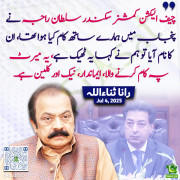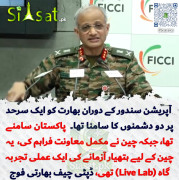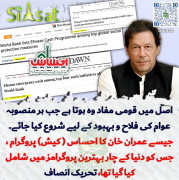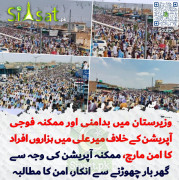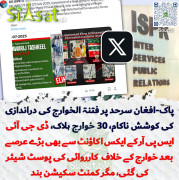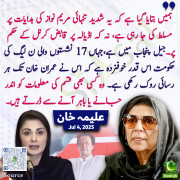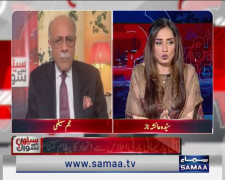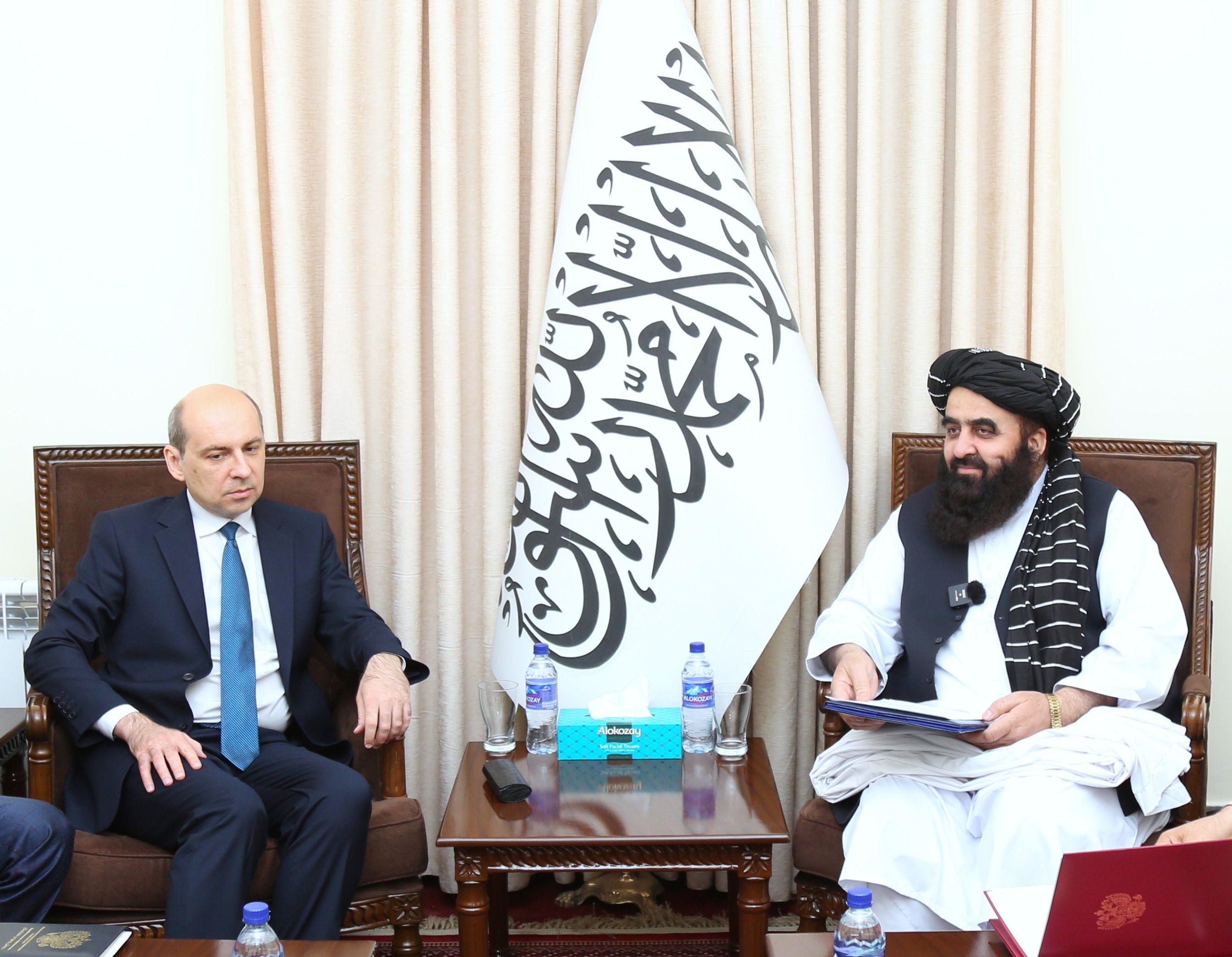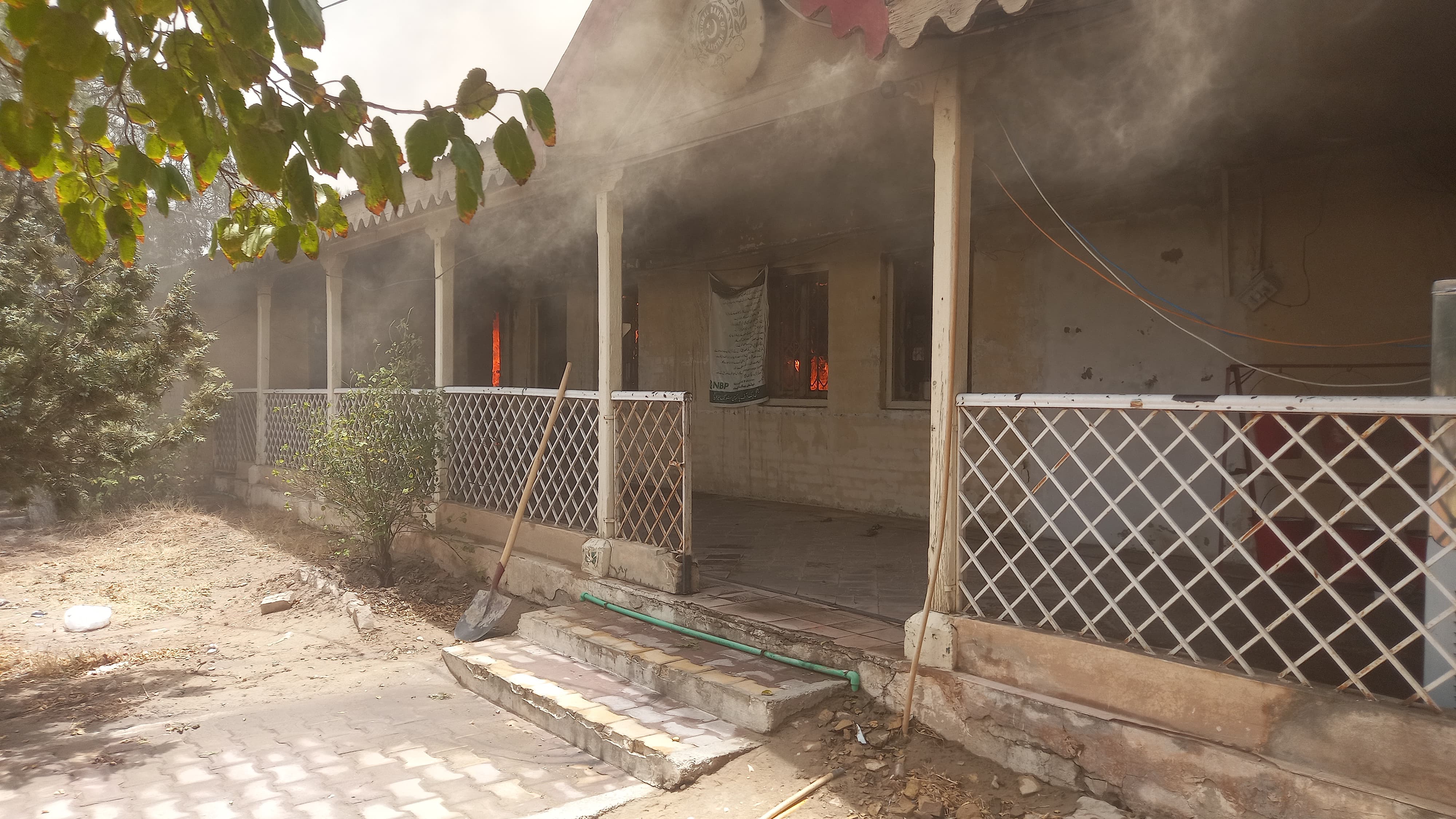StarTrooper
MPA (400+ posts)
Quran 33: 59
O Prophet, tell your wives and your daughters and the women of the believers to bring down over themselves [part] of their outer garments.1 That is more suitable that they will be known and not be abused. And ever is Allah Forgiving and Merciful.
One thing is clear from this Quranic verse that Hijab is for identification for believing women. Now we turn to Tafsirs why this identification was needed
Abbas - Tanwîr al-Miqbâs min Tafsîr Ibn ‘Abbâs
(O Prophet! Tell thy wives and thy daughters and the women of the believers to draw their cloaks close round them) to cover their necks and bosoms ((when they go abroad). That will be better, that so they may be recognised) as free women (and not annoyed) and not be harmed by the fornicators. (Allah is ever Forgiving) He forgives what they have done in the past, (Merciful) He shows mercy on them regarding that which they will do in the future.
Kathir - Ibn Al Kathir
Here Allah tells His Messenger to command the believing women -- especially his wives and daughters, because of their position of honor -- to draw their Jilbabs over their bodies, so that they will be distinct in their appearance from the women of the Jahiliyyah and from slave women. The Jilbab is a Rida', worn over the Khimar. This was the view of Ibn Mas`ud, `Ubaydah, Qatadah, Al-Hasan Al-Basri, Sa`id bin Jubayr, Ibrahim An-Nakha`i, `Ata' Al-Khurasani and others. It is like the Izar used today. Al-Jawhari said: "The Jilbab is the outer wrapper. `Ali bin Abi Talhah reported that Ibn `Abbas said that Allah commanded the believing women, when they went out of their houses for some need, to cover their faces from above their heads with the Jilbab, leaving only one eye showing. Muhammad bin Sirin said, "I asked `Ubaydah As-Salmani about the Ayah:يُدْنِينَ عَلَيْهِنَّ مِن جَلَـبِيبِهِنَّ(to draw their Jalabib over their bodies.) He covered his face and head, with just his left eye showing.''ذلِكَ أَدْنَى أَن يُعْرَفْنَ فَلاَ يُؤْذَيْنَ(That will be better that they should be known so as not to be annoyed. ) means, if they do that, it will be known that they are free, and that they are not servants or whores.
Tafsir of Imam Abdul Razzaq al-Sanani, Al-Musannaf:
Is Hijab to identify married women ?
Narrated `Aisha:
The wives of the Prophet (ﷺ) used to go to Al-Manasi, a vast open place (near Baqi` at Medina) to answer the call of nature at night. `Umar used to say to the Prophet (ﷺ) "Let your wives be veiled," but Allah's Apostle did not do so. One night Sauda bint Zam`a the wife of the Prophet (ﷺ) went out at `Isha' time and she was a tall lady. `Umar addressed her and said, "I have recognized you, O Sauda." He said so, as he desired eagerly that the verses of Al-Hijab (the observing of veils by the Muslim women) may be revealed. So Allah revealed the verses of "Al-Hijab" (A complete body cover excluding the eyes).
Sahih al Bukhari 146
Is Hijab a solution?
A'isha reported that Sauda (Allah he pleated with her) went out (in the fields) in order to answer the call of nature even after the time when veil had been prescribed for women. She had been a bulky lady, significant in height amongst the women, and she could not conceal herself from him who had known her. 'Umar b. Khattab saw her and said:
Sauda, by Allah, you cannot conceal from us. Therefore, be careful when you go out. She ('A'isha) said: She turned back. Allah's Messenger (ﷺ) was at that time in my house having his evening meal and there was a bone in his hand. She (Sauda) cline and said: Allah's Messenger. I went out and 'Umar said to me so and so. She ('A'isha) reported: There came the revelation to him and then it was over; the bone was then in his hand and he had not thrown it and he said:" Permission has been granted to you that you may go out for your needs."
Conclusion
It is clear Hijab was for identification to differentiate between free women and slave women so that people do not approch or abuse them as they do with slave women
or
for married women so that people do not approch/ annoy them with marriage proposals thinking that they are free/unmarried
As slavery has been abolished through out world by UNO. No slavery means there is no validity left for Hijab to differentiate between free and slave women.
Indeed those unmarried women who wear hijab is equal to a declaration by them that the believing/free women who do not wear hijab are slaves and should be abused which is itself a slander and a participation in a crime against other free women
.
.
O Prophet, tell your wives and your daughters and the women of the believers to bring down over themselves [part] of their outer garments.1 That is more suitable that they will be known and not be abused. And ever is Allah Forgiving and Merciful.
One thing is clear from this Quranic verse that Hijab is for identification for believing women. Now we turn to Tafsirs why this identification was needed
Abbas - Tanwîr al-Miqbâs min Tafsîr Ibn ‘Abbâs
(O Prophet! Tell thy wives and thy daughters and the women of the believers to draw their cloaks close round them) to cover their necks and bosoms ((when they go abroad). That will be better, that so they may be recognised) as free women (and not annoyed) and not be harmed by the fornicators. (Allah is ever Forgiving) He forgives what they have done in the past, (Merciful) He shows mercy on them regarding that which they will do in the future.
Kathir - Ibn Al Kathir
Here Allah tells His Messenger to command the believing women -- especially his wives and daughters, because of their position of honor -- to draw their Jilbabs over their bodies, so that they will be distinct in their appearance from the women of the Jahiliyyah and from slave women. The Jilbab is a Rida', worn over the Khimar. This was the view of Ibn Mas`ud, `Ubaydah, Qatadah, Al-Hasan Al-Basri, Sa`id bin Jubayr, Ibrahim An-Nakha`i, `Ata' Al-Khurasani and others. It is like the Izar used today. Al-Jawhari said: "The Jilbab is the outer wrapper. `Ali bin Abi Talhah reported that Ibn `Abbas said that Allah commanded the believing women, when they went out of their houses for some need, to cover their faces from above their heads with the Jilbab, leaving only one eye showing. Muhammad bin Sirin said, "I asked `Ubaydah As-Salmani about the Ayah:يُدْنِينَ عَلَيْهِنَّ مِن جَلَـبِيبِهِنَّ(to draw their Jalabib over their bodies.) He covered his face and head, with just his left eye showing.''ذلِكَ أَدْنَى أَن يُعْرَفْنَ فَلاَ يُؤْذَيْنَ(That will be better that they should be known so as not to be annoyed. ) means, if they do that, it will be known that they are free, and that they are not servants or whores.
Tafsir of Imam Abdul Razzaq al-Sanani, Al-Musannaf:
Another narration from his tafsir:Umar hit the slave women from the family of Anas ibn Malik, when he saw them covered and said, “Uncover your head, and do not resemble the free women.”
عبد الرزاق عن معمر عن أيوب عن نافع أن عمر رأى جارية خرجت من بيت حفصة متزينة عليها جلباب أو من بيت بعض أزواج النبي صلى الله عليه و سلم فدخل عمر البيت فقال من هذه الجارية فقالوا أمة لنا – أو قالوا أمة لآل فلان – فتغيظ عليهم وقال أتخرجون إماءكم بزينتها تفتنون الناس
Also, the same stance from Ibn Taymiyyah and Ibn Qayyim.Umar once saw a young girl leaving the house of Hafsa (his daughter), adorned with a jilbab — or, from one of the houses of the Prophet’s wives. Umar entered the house and said, “Who is this girl?” They said, “A slave of ours” — or, a slave of someone’s family. He became enraged at them and said, “Your slave girls left with their adornment, and created discord (fitna) amongst the people.”
Is Hijab to identify married women ?
Narrated `Aisha:
The wives of the Prophet (ﷺ) used to go to Al-Manasi, a vast open place (near Baqi` at Medina) to answer the call of nature at night. `Umar used to say to the Prophet (ﷺ) "Let your wives be veiled," but Allah's Apostle did not do so. One night Sauda bint Zam`a the wife of the Prophet (ﷺ) went out at `Isha' time and she was a tall lady. `Umar addressed her and said, "I have recognized you, O Sauda." He said so, as he desired eagerly that the verses of Al-Hijab (the observing of veils by the Muslim women) may be revealed. So Allah revealed the verses of "Al-Hijab" (A complete body cover excluding the eyes).
Sahih al Bukhari 146
| Book 4, Hadith 12 |
Is Hijab a solution?
A'isha reported that Sauda (Allah he pleated with her) went out (in the fields) in order to answer the call of nature even after the time when veil had been prescribed for women. She had been a bulky lady, significant in height amongst the women, and she could not conceal herself from him who had known her. 'Umar b. Khattab saw her and said:
Sauda, by Allah, you cannot conceal from us. Therefore, be careful when you go out. She ('A'isha) said: She turned back. Allah's Messenger (ﷺ) was at that time in my house having his evening meal and there was a bone in his hand. She (Sauda) cline and said: Allah's Messenger. I went out and 'Umar said to me so and so. She ('A'isha) reported: There came the revelation to him and then it was over; the bone was then in his hand and he had not thrown it and he said:" Permission has been granted to you that you may go out for your needs."
| Sahih Muslim2170a : Book 39, Hadith 23 | |
Conclusion
It is clear Hijab was for identification to differentiate between free women and slave women so that people do not approch or abuse them as they do with slave women
or
for married women so that people do not approch/ annoy them with marriage proposals thinking that they are free/unmarried
As slavery has been abolished through out world by UNO. No slavery means there is no validity left for Hijab to differentiate between free and slave women.
Indeed those unmarried women who wear hijab is equal to a declaration by them that the believing/free women who do not wear hijab are slaves and should be abused which is itself a slander and a participation in a crime against other free women
.
.
- Featured Thumbs
- https://images-na.ssl-images-amazon.com/images/I/715ZNj1BYyL.jpg
Last edited:

